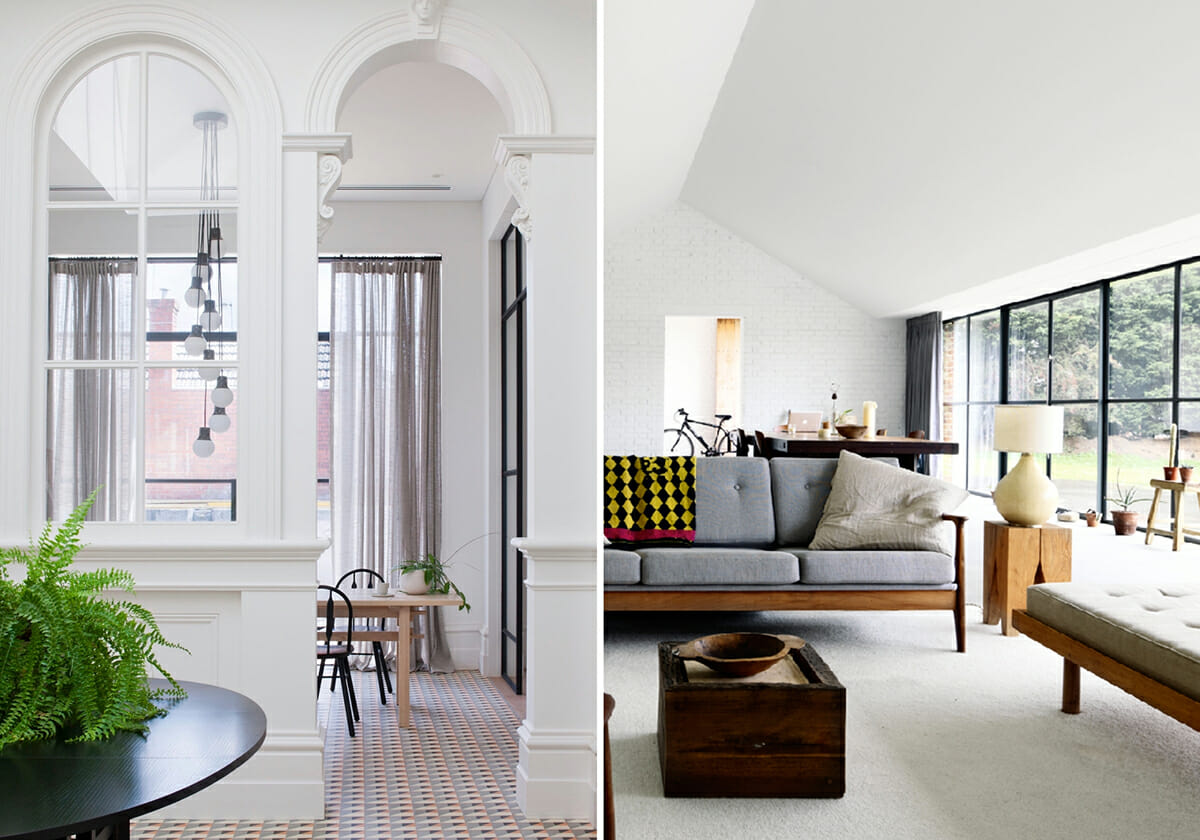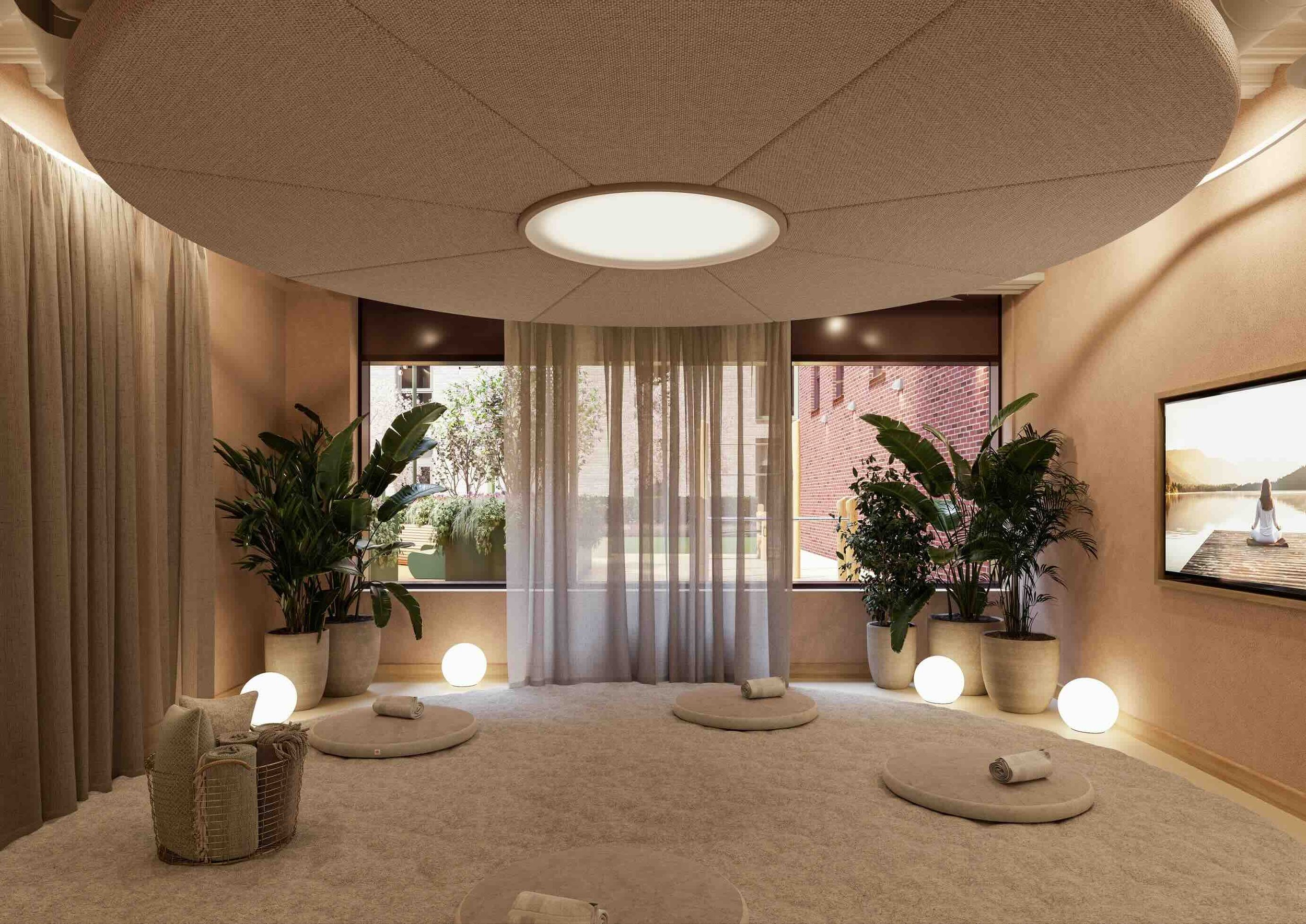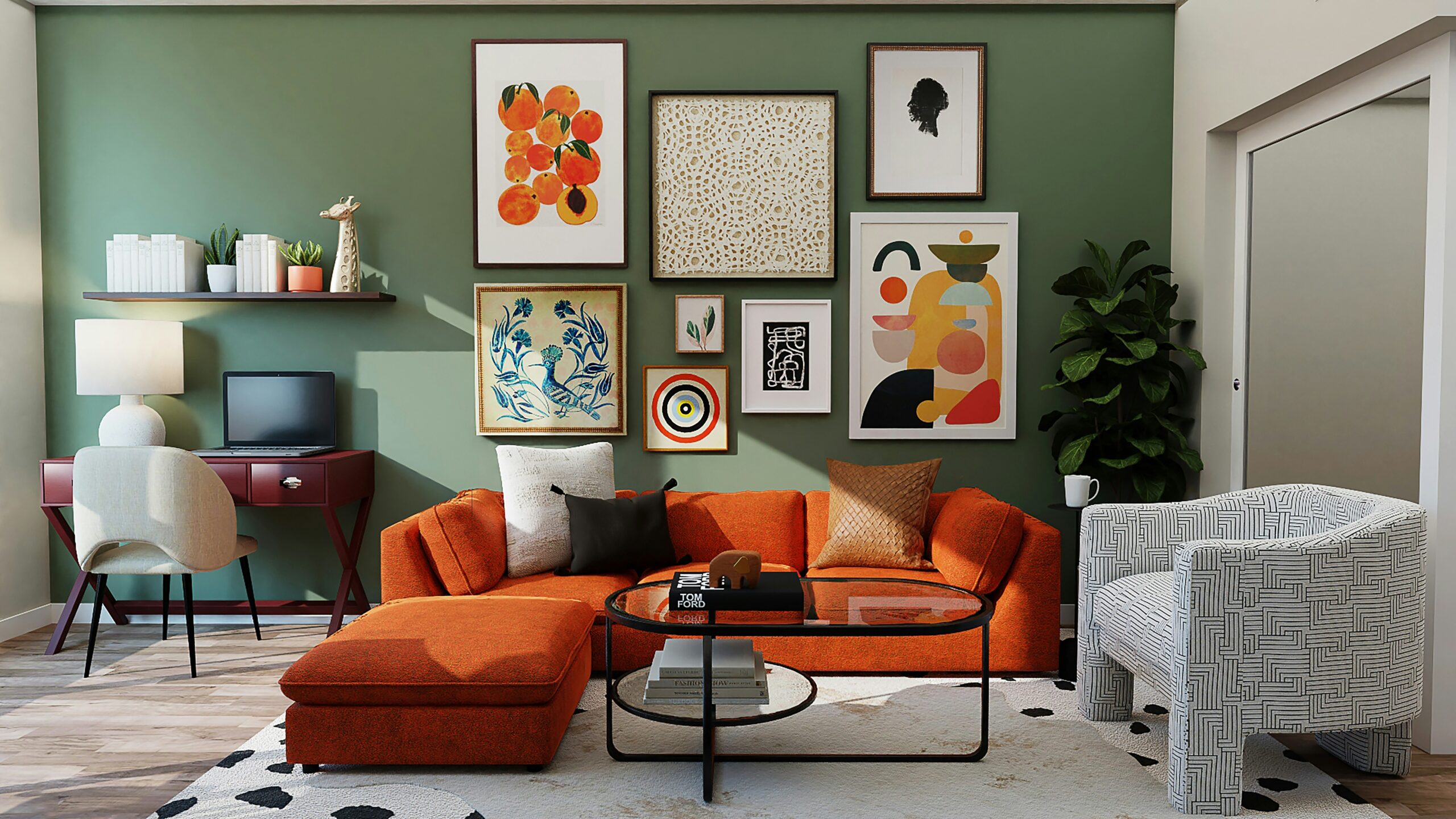At its core, creating dimension in interior design involves making space seem larger by adding shapes and angles that contrast with the shape of a room’s shape, as well as juxtaposing colors shades and textures for visual depth.
Layering textures is an effortless way to bring depth and dimension to any space! From styling a console table or mantlepiece, layering adds aesthetics and intrigue.
Texture
Textured interior designs provide visual and tactile interest while adding warmth and coziness.
Contrasting textures can add accents and draw the eye towards specific parts of a room. For instance, adding wicker chairs, three-dimensional woven baskets or wire flower wall art into an otherwise predominantly white space will provide additional visual interest and bring vibrancy into any environment.
Even simple architectural elements, like fluted or battened paneling, can add visual interest and define one’s style. Furthermore, natural curvier quartz surfaces add more texture than straight slab surfaces in kitchens.
Texture is an indispensable design element, elevating interior designs from one-dimensional to dynamic. Used correctly, texture can create contrast, balance, drama and add personality and charm into homes. We witnessed many designers at KBIS 2018 integrating textural elements into kitchen and bathroom surfaces and fixtures.
Layering
Layering is the art of carefully layering different textures, colors, patterns, and decorative accessories to add depth and visual interest in a space. Layering can be likened to donning an elegant ensemble while serving as an eye-catching design principle that expresses personal style through creativity and originality.
Layering textures is a surefire way to bring life and vibrance into any room. By mixing smooth surfaces with rougher, tactile textures like chunky knit throws or shaggy rugs, warmth and visual interest can be added. Also pairing neutral elements with natural elements like wood tables or indoor plants brings balance and harmony into a room.
Layering can be an excellent way to introduce patterns, from large-scale floral prints to smaller-scale polka dots. When it comes to selecting patterns for layering, no hard and fast rules exist; however, we suggest choosing two large-scale or medium-scale prints along with one smaller-scale pattern for optimal balance and harmony.
Artwork
Artwork adds texture and dimension to a room, from paintings and sculptures to prints or photographs. Abstract pieces featuring textured surfaces often interact with light in their environment to produce an intriguing play of shadow and light that gives an immersive sense of depth that cannot be achieved with furniture alone.
Color plays an essential part in interior design, and artwork can help add an eye-catching splash of color or tie together various hues into one cohesive theme.
Art has the ability to communicate narratives – whether personal or cultural. This gives any room its own distinct identity while telling its own unique tale. Pieces that represent multiple cultures or eras can serve as dialogue starters and increase understanding between them; making art an integral part of living spaces by adding depth, emotion, and identity.
Sculpture
Most people envision sculpture in its traditional sense – large-scale works on walls – when thinking of sculptures, but sculpture can come in all sizes and forms; even small statues set atop hallway tables can have an eye-catching impactful presence.
Before selecting a sculpture, consider what emotion or theme you wish to elicit and whether or not it fits within your personal aesthetic or overall theme. Next, make sure it proportional with its surroundings – sculpture that is either too large or too small can create visual discord and unbalance in a room.
Once you’ve chosen your sculpture, position it carefully in the room. An ideal placement would be on a pedestal or empty wall; however, you could also use it to create a focal point within your room. Be mindful that traffic areas and busy furniture or fabric patterns don’t obstruct its view and keep out of its way; natural daylight may also work; otherwise consider positioning near art lights instead.





